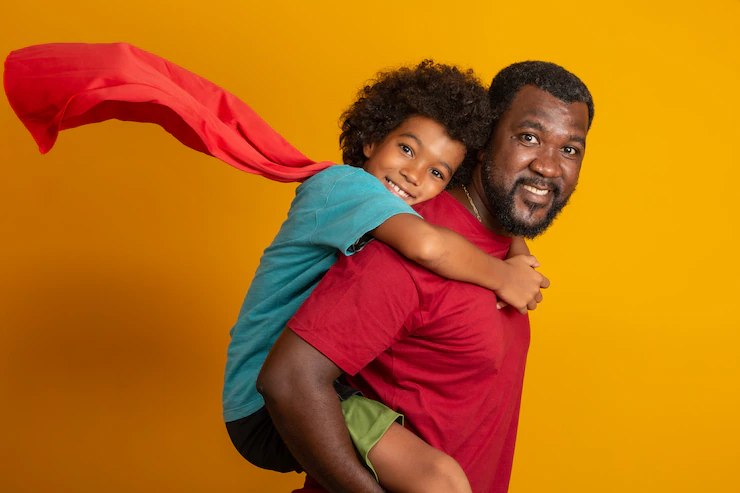As parents and caregivers, one of our primary concerns is the safety and well-being of our children. In a world that presents various risks and potential dangers, it is essential to empower children with the knowledge and skills to identify and avoid dangerous situations. By teaching children how to recognize potential threats and equipping them with strategies to stay safe, we can help them navigate the world with confidence and security.
The first step in teaching children about dangerous situations is to have open and age-appropriate conversations about personal safety. Start by explaining that certain behaviors or situations can be potentially harmful and emphasize that their safety is of the utmost importance. It’s crucial to strike a balance between imparting knowledge without creating unnecessary fear or anxiety in children.
One important aspect of teaching children to identify dangerous situations is helping them understand their own feelings and intuition. Encourage them to trust their instincts and pay attention to their “gut feelings” when something doesn’t feel right. Teach them to recognize and verbalize emotions such as fear, discomfort, or unease. By validating their feelings and teaching them to trust their instincts, children will be better equipped to identify potentially dangerous situations.
Teaching children about stranger danger is another important aspect of keeping them safe. Explain that not all strangers are dangerous, but it’s essential to be cautious when interacting with unfamiliar individuals. Teach children to never go anywhere with a stranger or accept gifts or treats from someone they don’t know and trust. Role-playing scenarios can be an effective way to teach children how to handle situations where they might be approached by a stranger.
In addition to stranger danger, children should also learn about boundaries and personal space. Teach them that their body is their own, and they have the right to say no if someone makes them feel uncomfortable. Encourage them to speak up and seek help from a trusted adult if someone crosses their boundaries. By empowering children to establish and assert their boundaries, we equip them with the tools to protect themselves in various situations.
Educating children about online safety is increasingly important in today’s digital age. Teach them about the potential risks associated with sharing personal information online, engaging with strangers on social media platforms, or clicking on suspicious links. Establish clear guidelines and boundaries regarding their internet usage and encourage open communication if they come across any inappropriate or concerning content.
Practicing situational awareness is another crucial skill to teach children. Help them develop an awareness of their surroundings and encourage them to identify potential hazards or dangerous situations. Teach them to look out for warning signs, such as unsafe neighborhoods, unsecured buildings, or strangers behaving inappropriately. By fostering an observant mindset, children can proactively avoid potentially dangerous situations.
Empower children with basic safety skills, such as knowing their full name, address, and phone number. Teach them how to dial emergency numbers and discuss when it is appropriate to call for help. Role-play scenarios where children practice making emergency calls and provide them with clear instructions on what to do in different emergency situations.
It’s important to remember that teaching children about dangerous situations should be an ongoing process. Reinforce the lessons regularly and encourage open communication, so children feel comfortable discussing any concerns or encounters they may have had. Emphasize that their safety is a priority and that they can always turn to a trusted adult for support and guidance.
By teaching children to identify and avoid dangerous situations, we empower them to take an active role in their safety. Through open conversations, role-playing, and reinforcing important safety skills, we can equip children with the knowledge and confidence they need to navigate the world with awareness and caution. Together, we can create a safer environment for our children, allowing them to thrive while staying protected.










